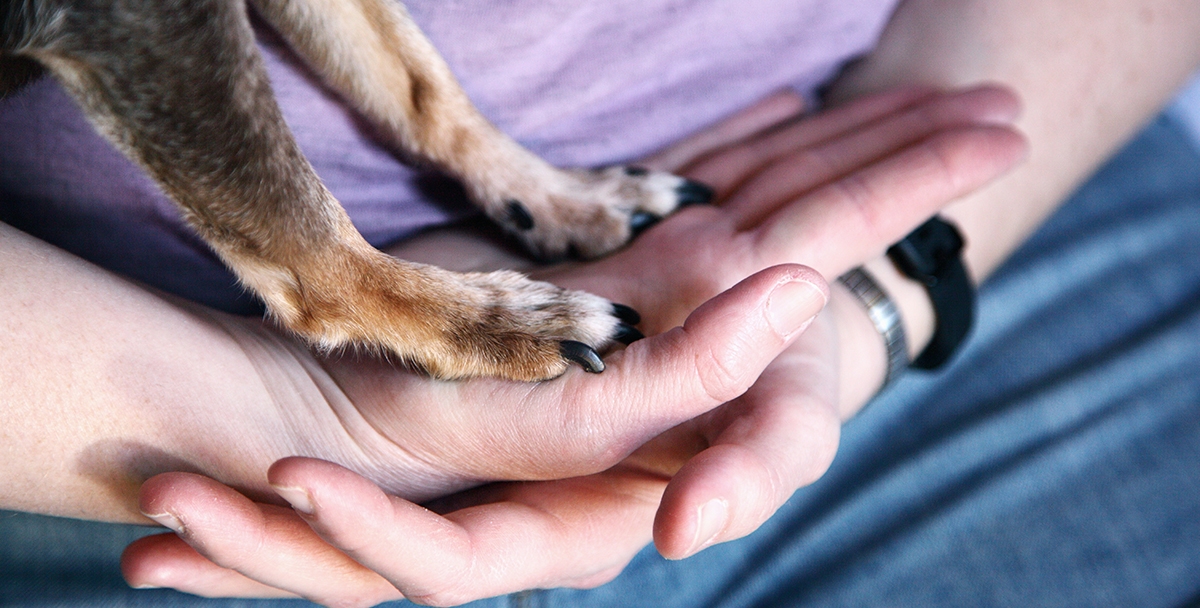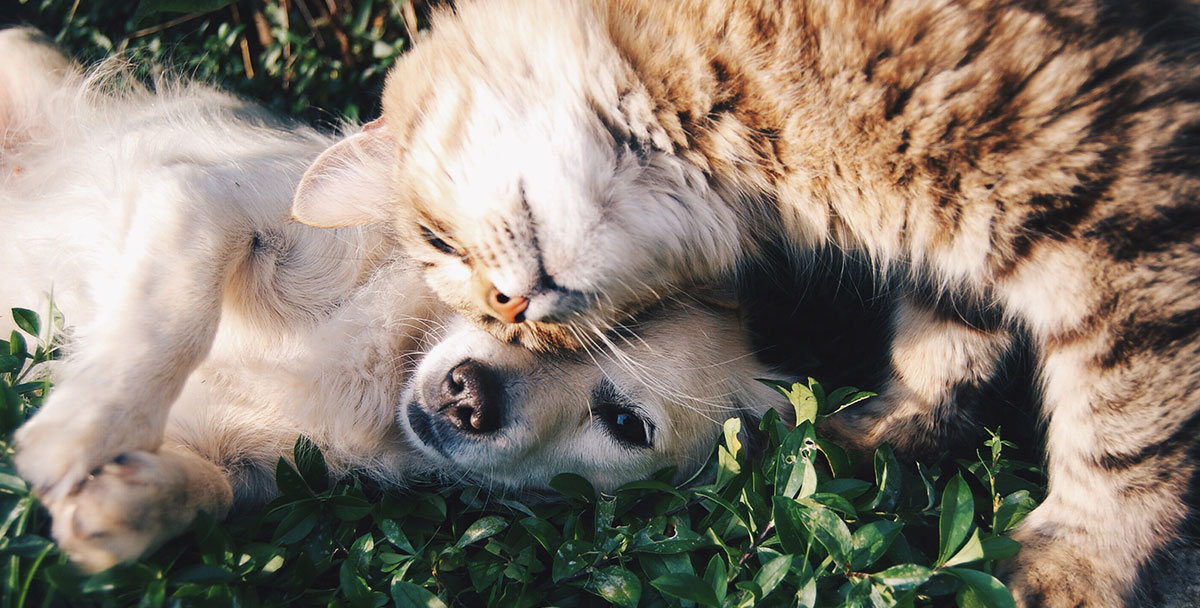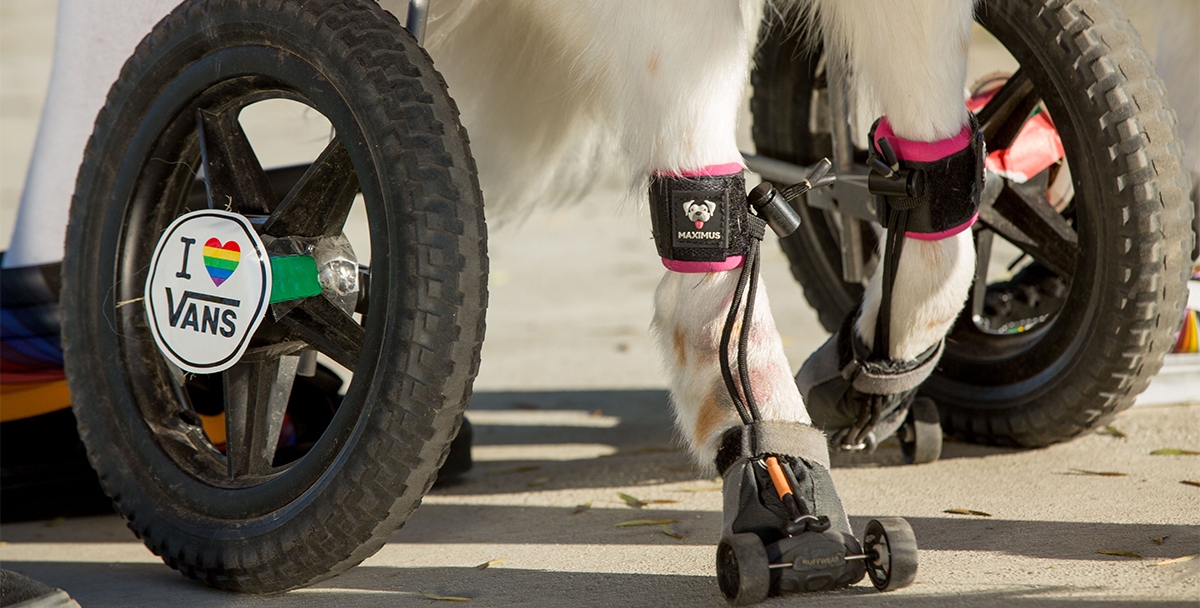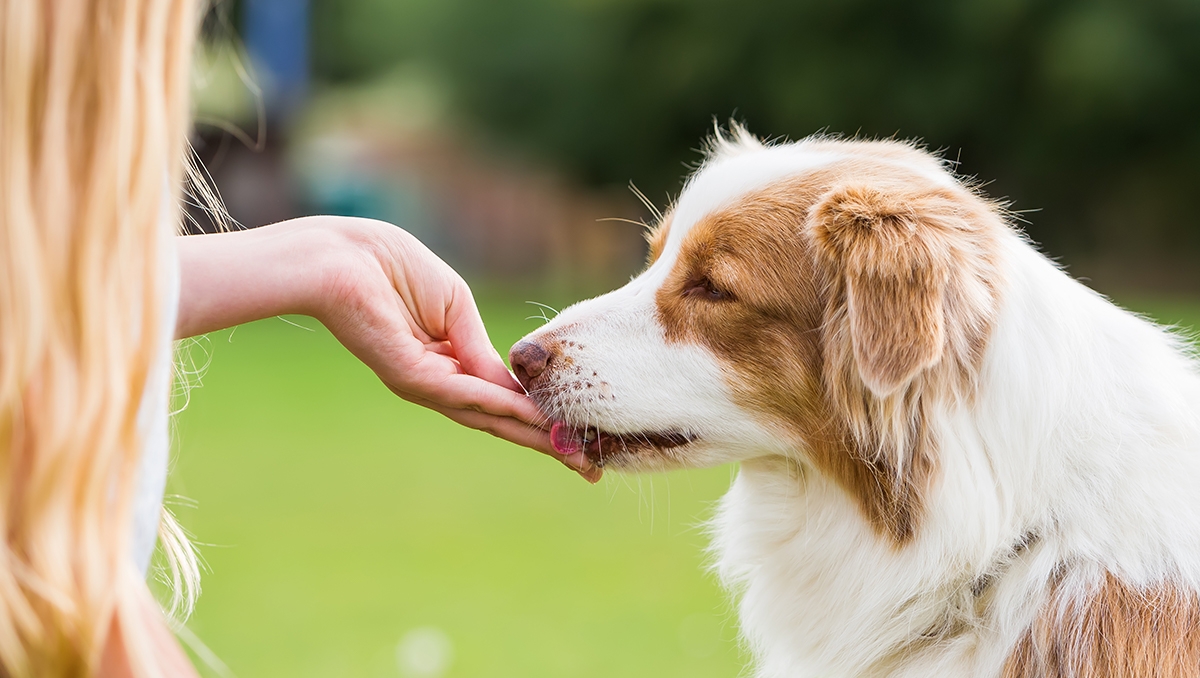According to the American Pet Products Association, Americans spent $123.6 billion on pets in 2021, compared to $90.5 billion in 2018.
With so many products on shelves and featured on social media, how can owners make responsible choices for their furry companions? We spoke with some veterinary experts on which products may be worth checking out, which are harmless and which you should avoid.
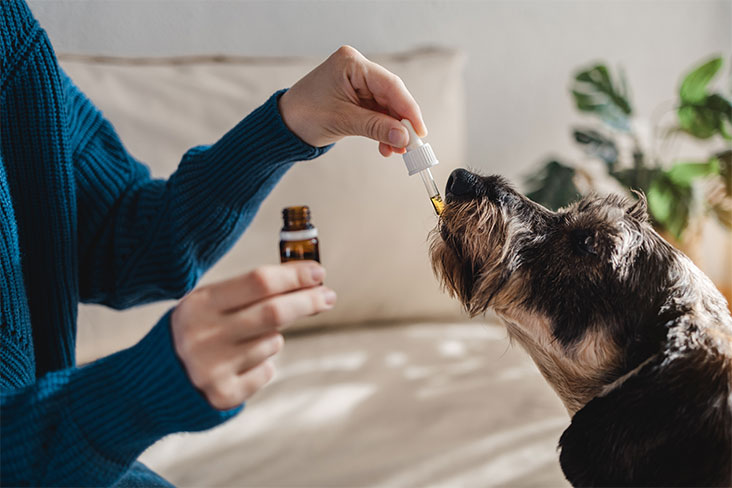
CBD Products
So far, there haven’t been many controlled studies on CBD use in animals, warns Dr. Abigail Pines, associate veterinarian at the Plantation Animal Clinic in Matthews, North Carolina. “Many products are not regulated, so we don’t always know how it will affect a pet.” She says anecdotal tales of CBD helping with pet anxiety aren’t enough to rely on.
Justine Lee, a veterinary criticalist at Animal Emergency & Referral Center of Minnesota, says that if you want to see whether CBD can help with your pet’s osteoarthritis or seizures, always look for a Certificate of Analysis to make sure that the quality is accurate and the product is tested frequently.
“If you go to the Food and Drug Administration’s website, you’ll find many companies that have been busted for touting that they have CBD when there’s no CBD in the product at all,” she says.

Food Mix-Ins
An industry has cropped up to convince owners that their pet’s food isn’t appetizing enough. But be wary before offering your pet a tasting menu.
“My general rule is that you want to make sure you’re providing AAFCO [Association of American Feed Control Officials]-approved food for the appropriate age of your pet,” says Lee. “When you add in too much of these mix-ins, it can change the ratio of calcium, phosphorus and other key amino acids, so you do want to be careful.”
Dogs need a range of nutrients that can change depending on their age; vets have mixed opinions on topics like fresh food diets and supplements. Lee says providing a bit as a snack is typically fine, but generally, special treats and mix-ins shouldn’t comprise more than 5% to 10% of a pet’s diet.
She advises owners of breeds prone to sensitive stomachs, pancreatitis or food allergies to run the ingredients by a vet beforehand. Dr. Johanna Ecke, an associate veterinarian at the Magazine Street Animal Clinic in New Orleans, says to be skeptical of mix-ins that claim to help with pet digestion, skin and coat or joints. Also, Pines warns that if you pick up a pet food topper, introduce it gradually to avoid stomach upset.

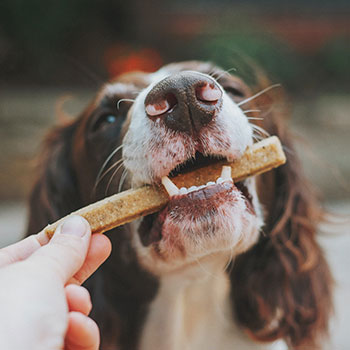
Elk Antler Chews
While pet owners like how long elk antler – or “elkhorn” – chews last, vets warn that they can damage pet teeth. “Veterinary board-certified dentists hate these,” says Lee.
“The general rule is you never want to give your dog something to chew on that isn’t indentable with your thumbnail,” Lee continues. Elk antlers are too hard. “Unless you like paying tens of thousands of dollars for root canals or for fractures of your dog’s teeth, we generally do not recommend them.”
Teeth-Cleaning Treats
Treats that purport to clean your pet’s teeth are “better than doing nothing,” according to Pines, yet they’re not meant to replace regular pet toothbrushing. (Although she adds that vets don’t judge if you can’t prioritize this.) However, she says your pet needs to take time chewing the treat to be effective. “If you’re giving them a Greenies™ treat and they’re wolfing it down in a minute, that’s different from them taking 20 minutes working on a chew that will do some cleaning.”
When investigating treats that claim to clean teeth, look for a seal from the Veterinary Oral Health Council, or VOHC®, Lee says. “These are products that have undergone some testing to make sure that they have shown some type of reduction in plaque and tartar in dogs and cats. If you don’t see that, it means that the product wasn’t tested.”
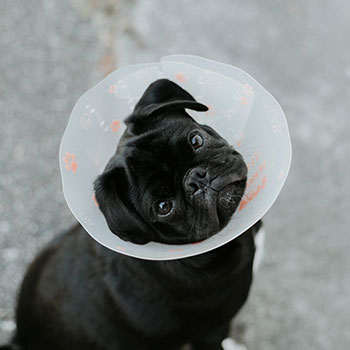

Veterinary Insurance
If you buy one pet product on this list, this is the one to choose. “Vet insurances are different from human medicine in that they’re third party. You still have to pay your veterinarian their bill upfront, but you can get reimbursed by veterinary insurance later,” Lee says.
Do your research to see if you want insurance for only emergency care or routine care like dental procedures. Ecke recommends that clients on a budget defer to less expensive injury/illness plans.
Pines generally advises pet owners to look for programs that don’t have a cap on how much insurance will pay out and to consider both accident and illness coverage if possible. “Accident-only insurance will help with the catastrophic things like a broken leg or [accidental] poisoning, but if your pet develops kidney disease or diabetes, that won’t be covered.”
Above all, try to get your policy earlier when your pet is younger and less likely to have preexisting conditions. “If your cat is already diabetic and you get pet insurance, it will not cover the diabetes and the long-term expensive care,” says Lee.
DNA Testing
More for fun than actual clinical use, genetic tests can provide some interesting hereditary information for mixed breeds and possibly even turn up potential genetic health issues for which the pet can be screened.
Pines says, “If a healthy dog does a test and it has some genetic mutation but they’re not having any issues with it, I’d take that with a grain of salt. Maybe your dog could develop something in the future, but don’t go crazy searching for a problem.”
Plus, adds Ecke, “For mixed breeds that contain less than 50% of a given ‘pure breed,’ the health side is not necessarily as beneficial since the dogs should, in theory, be less susceptible to breed-related diseases.”
Organic, Natural and “Human-Grade” Food
Tread carefully here and listen to vets more than pet food manufacturers. Whatever food you feed your dog, Lee advises, ensure it’s AAFCO approved. “That makes sure that the mineral and vitamin content is appropriate. I like to stick with big brands that are science based and evidence based, and those who have veterinary nutritionists, nutritionists, Ph.D. nutritionists, and toxicologists on staff.”
Terms like “organic,” “natural,” “grain-free” or “human-grade” food do not necessarily mean they’re better for your pet, she says. In fact, grain-free formulas can cause serious illness in some breeds. Lee says you’re not harming your pet if you feed them “regular” pet food as long as they maintain a healthy coat and tend not to defecate more than twice a day.
If they poop much more, she says, “there’s probably a lot of filler” in the food. “For an adult dog, I want to see that the food has gone through feeding trials and that it is labeled for adult maintenance [not all life stages],” says Ecke. Have a conversation with your vet before diet changes, especially if you have a breed prone to allergies.
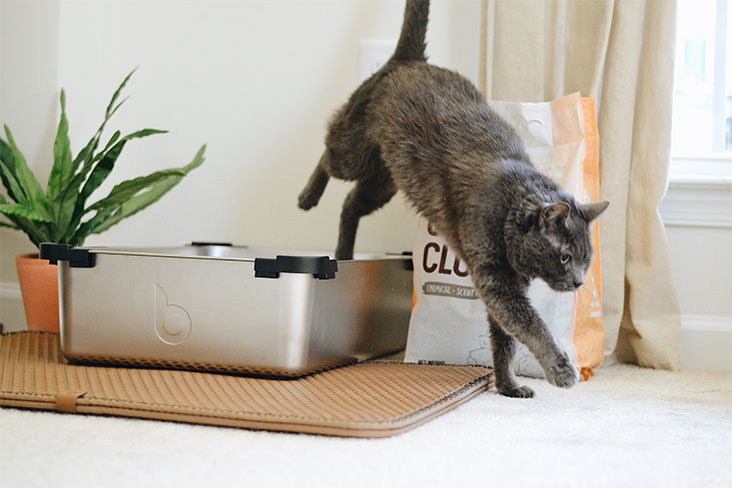
Color-Changing Kitty Litter
You may have heard or seen ads for cat litter that changes color to indicate that your feline may have a potential health issue. Vets say there is some validity to the gimmick, but it should not be relied upon as a diagnostic tool.
“The litters I know tend to change color depending on the pH of the urine, and if there’s blood in the urine, that could mean the pet is sick,” says Pines, “or it means nothing.” Slight color changes might convince extra-vigilant owners to bring their pets in for vet visits they don’t need, says Ecke. Worse, a cat litter color change may persuade an owner to diagnose their cat with an illness and then try to “treat” them at home.
Also, don’t toss all your usual litter in favor of a technicolor brand. “My general rule is cats do not like sudden change, so you should never change your cat’s litter completely, all of a sudden,” warns Lee.
It can be fun to see which pet trends yours enjoy, but be sure to pay attention to any breed-specific concerns and check with your vet before making any significant changes.
